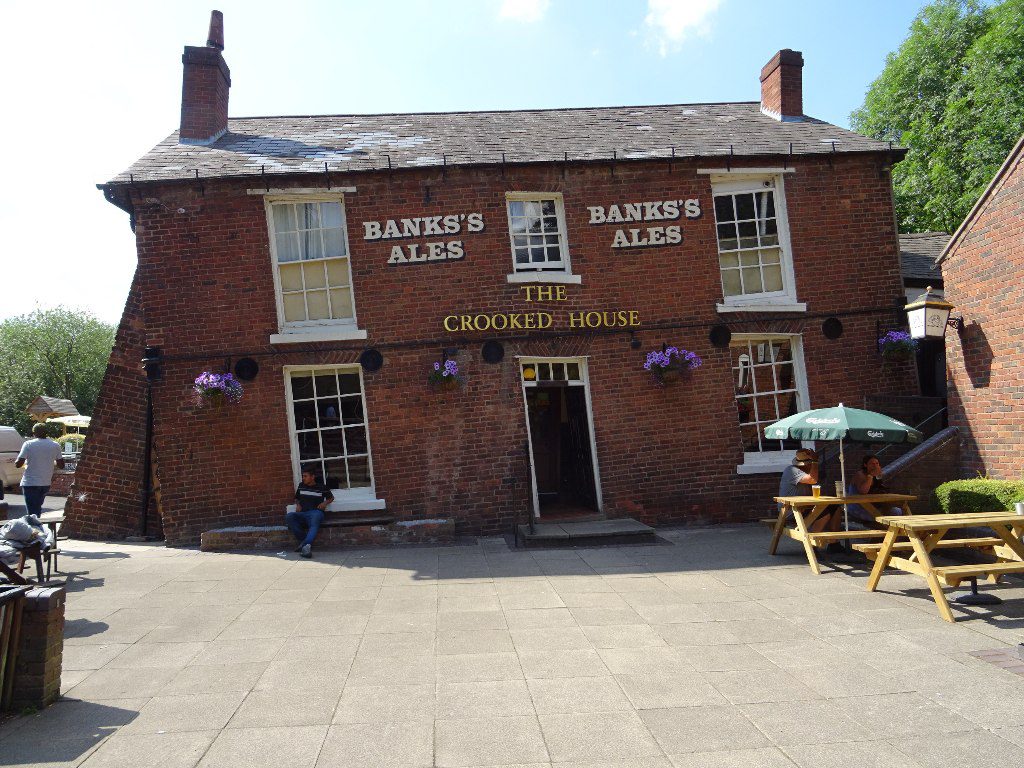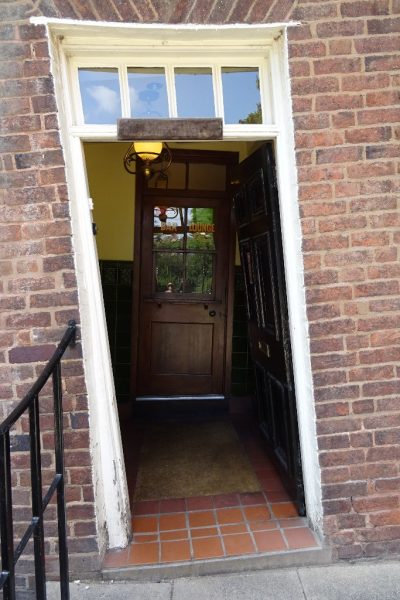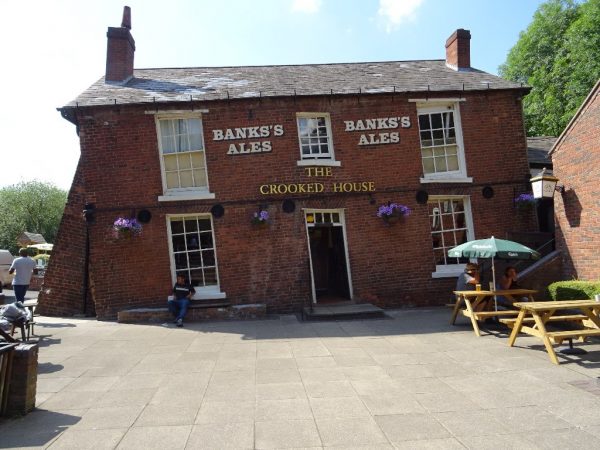The Crooked House: The story of the pub that sank

The Crooked House is one of the most famous buildings in the UK, despite the fact it’s no longer standing.
The pub in Staffordshire was given its name thanks to its unique appearance, which was caused due to mining in the 19th century causing subsidence. It resulted in one side of the building sinking roughly 4ft lower than the other side.
Here we detail what caused ‘Britain’s wonkiest pub’ to subside and how you can protect your home from subsidising too.
What is The Crooked House?
Located in Himley, near Dudley, The Crooked House wasn’t always a public house. In fact, it was built in 1765 as a corn mill on the Glynne estate, before being converted in 1830 by the family into the locals’ drinking hole, being named the Glynne Arms.
It was around this time that coal mines had been established in the midlands, specifically the black country, with the Earl of Dudley owning the Himley colliery in the area surrounding the newly-furnished pub.
Two decades later however, the building slowly started to sink due to mining in the local area. One half of the pub dropped by around 4ft. Some also claim it’s likely the mill race had also caused the ground around the public house to soften before the mining took place.
It was then that the pub became known locally as the ‘Siden House’. The word ‘siden’ is a black country dialect word for ‘crooked.’ It wasn’t until 2002 when it was officially named The Crooked House.
Was the Crooked House pub safe?
The Crooked House by Mat Fascione, CC BY-SA 2.0 , via Wikimedia Commons
The building’s leaning walls gave rise to optical illusions, as with a gravity hill. These included objects seemingly rolling uphill along the pub’s dado rails and bottles, appearing to roll upwards along tables.
Furniture and fixtures appeared not to hang straight, including the grandfather clock (which was mounted on a tapered plinth) and the chandelier.
Throughout its history the pub often had detractors claiming that it was unsafe for people to visit. In 1904, due to concerns, the structure was strengthened by buttresses, these are an architectural structure used to help support, or reinforce a wall that has subsided or caved in.
The pub continued to be a popular local drinking hole for locals and visitors for another three decades until it was declared unsafe in the 1940s when it was scheduled for demolition. Once again a new buyer came to the rescue with Wolverhampton and Dudley Breweries purchasing the building in 1957. It paid for steel tie rods to strengthen the buttresses.

Door to The Crooked House by Philip Halling, CC BY-SA 2.0 , via Wikimedia Commons
In the 1970s, the landlord claimed that the novelty of the pub brought visitors from as far afield as China, Russia, Japan, the United States and Canada.
In 1986 the pub was damaged by a fire which affected the first floor and the roof. The following year the brewery spent a reported £360,000 on renovations.
What happened to the Crooked House?

The Crooked House by Philip Halling, CC BY-SA 2.0 , via Wikimedia Commons
The Crooked House has been in the news throughout the last two years due to a series of unforeseen circumstances that eventually led to the demise of property. In March 2023 it was put up for sale for £675,000. However, three months later it was the subject of a burglary that saw over £10,000 worth of damage to the bar, kitchen and bathroom areas.
July 2023 saw the close, with locals devastated as the pub was sold to a quarrying and landfill business which had acquired land next to the iconic building. Many locals were concerned that the trademark of the town would be bulldozed down by the new owners. However, Historic England received a request to grant the building listed status. The Georgian Group also began to examine the suitability of the site for listed status.
But just when locals thought the building had been saved, the pub was ruined by a fire on August 5. It gutted the = interior and destroyed a large part of the roof. The new owners demolished the building against the council’s opposition. The police cordoned the building on August 7 whilst investigations were made, but officers were reportedly told to stand down due to the building being structurally unsafe.
Within 48 hours of it being gutted by the blaze, the building was razed to the ground. The plant hire company that supplied the excavator stated it had been on dry hire to an existing customer and the supplier had no connection, nor foreknowledge, of the pub’s demolition. Confusion reigned with South Staffordshire Council stating its officers hadn’t approved the demolition.
Staffordshire Fire and Rescue Service and Staffordshire Police launched a joint investigation to ascertain the cause of the fire. There were claims that it was a suspected arson attack.
Members of the public formed the “Save the Crooked House (Let’s Get It Re-Built)” group to campaign for it to be restored.. After a series of bricks had been taken from the site and sold on social media, the group had the remaining reclaimed bricks locked in secure storage.
In February 2024, South Staffordshire Council issued the new owners an enforcement notice requiring them to rebuild the Crooked House as it were before the building was demolished.
The new owner is accused of breaching planning regulations by flattening the remains of the pub two days after the fire, and was ordered to rebuild it within three years by South Staffordshire Council.
But, the land owners have since launched an appeal against the enforcement notice, claiming fears over the immediate safety of the site led to a quick decision to knock down the whole building.
They have since agreed to rebuild the pub in a new location nearby, within sight of the old site.
An appeal hearing was originally scheduled for summer 2024, but has since been pushed back to spring 2025. Campaigners have since continued their protest for the Crooked House to be rebuilt in its original position, with more people in the community rallying behind the cause.
What happens if my home is affected by subsidence?
If your home starts to subside, you will need to contact your home insurance providers and let them know your property is starting to subside. This is because many standard home insurance policies will not cover you for subsidence issues if they are known.
Lying to your insurer, or failing to disclose subsidence issues that are known can lead to your insurance policy becoming void.
In most cases, if your property develops subsidence issues while you have an active policy in place, insurance companies will cover the costs involved with repairing your home (minus the excess you’ve chosen to pay).
Where can I get subsidence home insurance?
Luckily the home insurance experts at Adrian Flux are on hand to answer all your questions about subsidence home insurance, and provide you with a detailed policy quote.
Speak to a member of our friendly team today on 0800 369 8590, or book a callback at a time that suits you.






